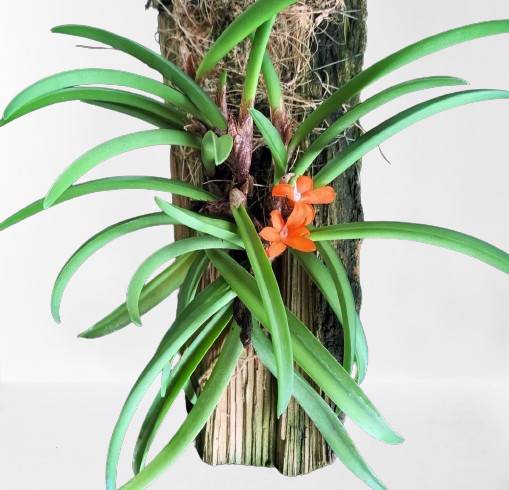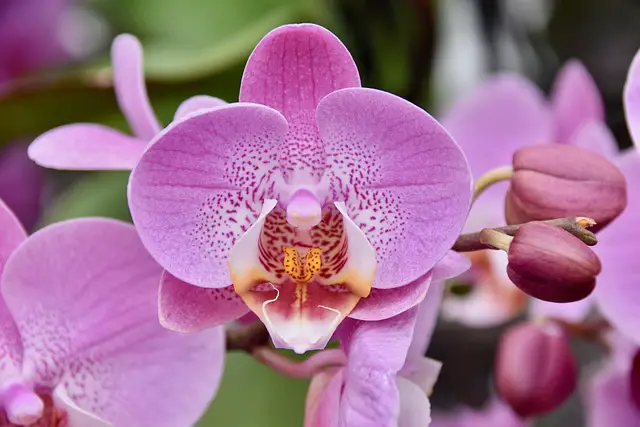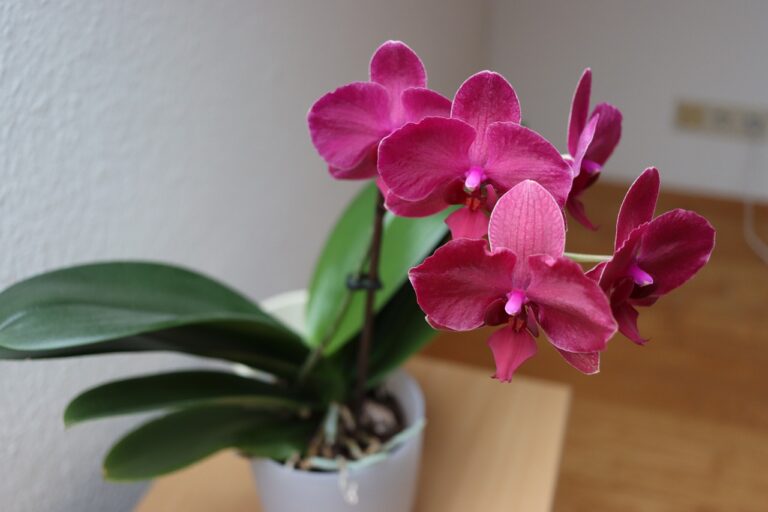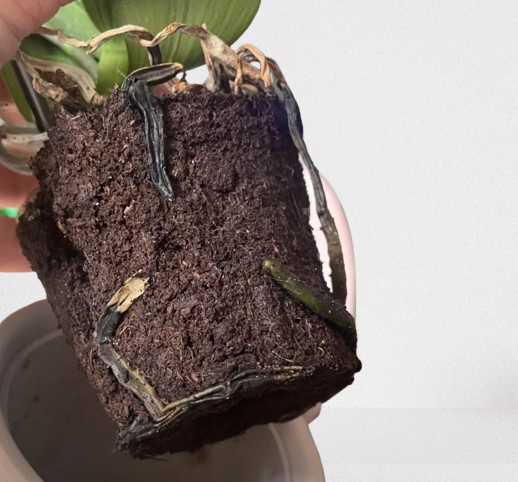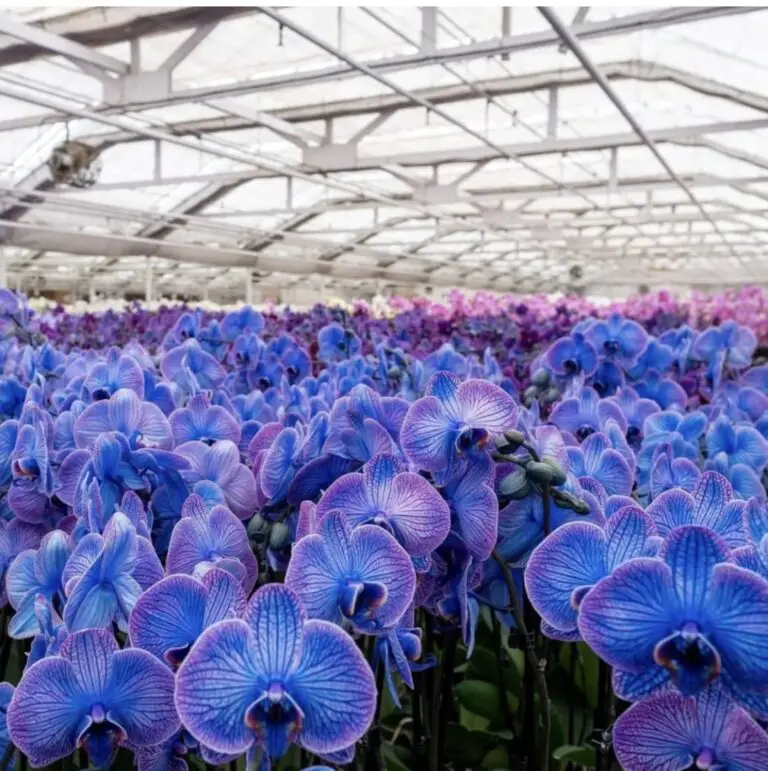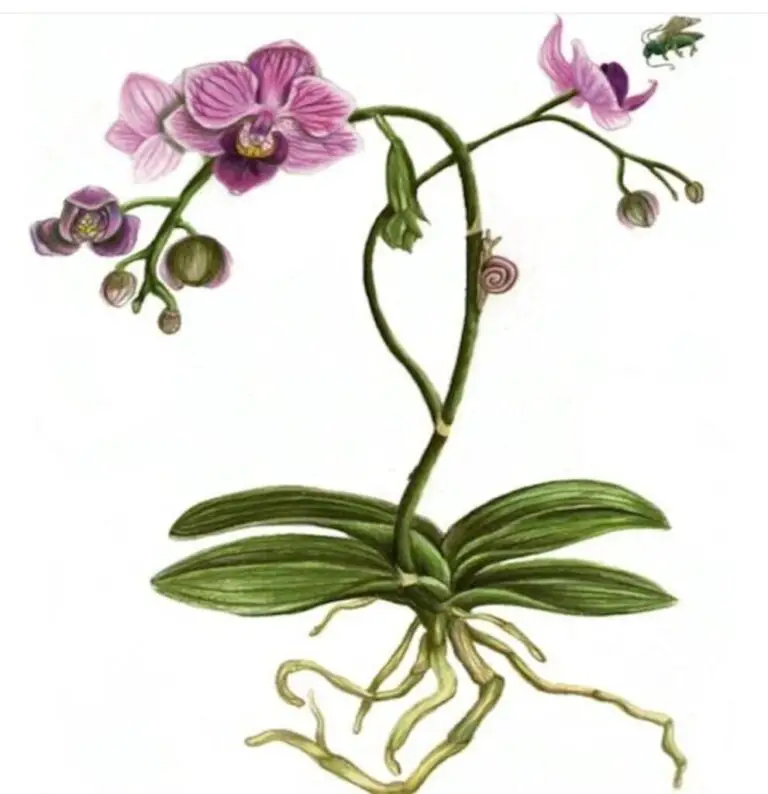- 1 10 Orchids Mounting Mistakes New Gardeners Make + Solutions
- 2 Here are 10 orchid varieties that can be mounted on bark:
- 3 1 Choosing the Right Mounting Material
- 4 Mistake:
- 5 Solution:
- 6 2 Improper Mounting Techniques
- 7 Mistake:
- 8 Solution:
- 9 3 Neglecting Proper Hydration
- 10 Mistake:
- 11 Solution:
- 12 4 ignoring Light and Temperature Requirements
- 13 Mistake:
- 14 Solution:
- 15 5 Failing to Monitor and Adjust
- 16 Mistake:
- 17 Solution:
- 18 8 Overlooking fertilisation
- 19 Mistake:
- 20 Solution:
- 21 7 Using inappropriate mount sizes
- 22 Mistake:
- 23 Solution:
- 24 8 Inadequate air circulationMistake:
- 25 Solution:
- 26 9 Incorrect Mount Placement
- 27 Mistake:
- 28 Solution:
- 29 10 Ignoring orchid species needs
- 30 Mistake:
- 31 Solution:
- 32 FAQ
10 Orchids Mounting Mistakes New Gardeners Make + Solutions
Orchids are renowned for their stunning beauty and exotic allure, making them a favourite among plant enthusiasts. One popular method for displaying orchids is mounting them on various surfaces, such as wood, cork, or tree bark. While this can create a striking and naturalistic display, it also presents several challenges, especially for new gardeners. Here are some common orchid mounting mistakes that new gardeners often make, along with solutions to help you avoid these pitfalls and ensure your orchids thrive.
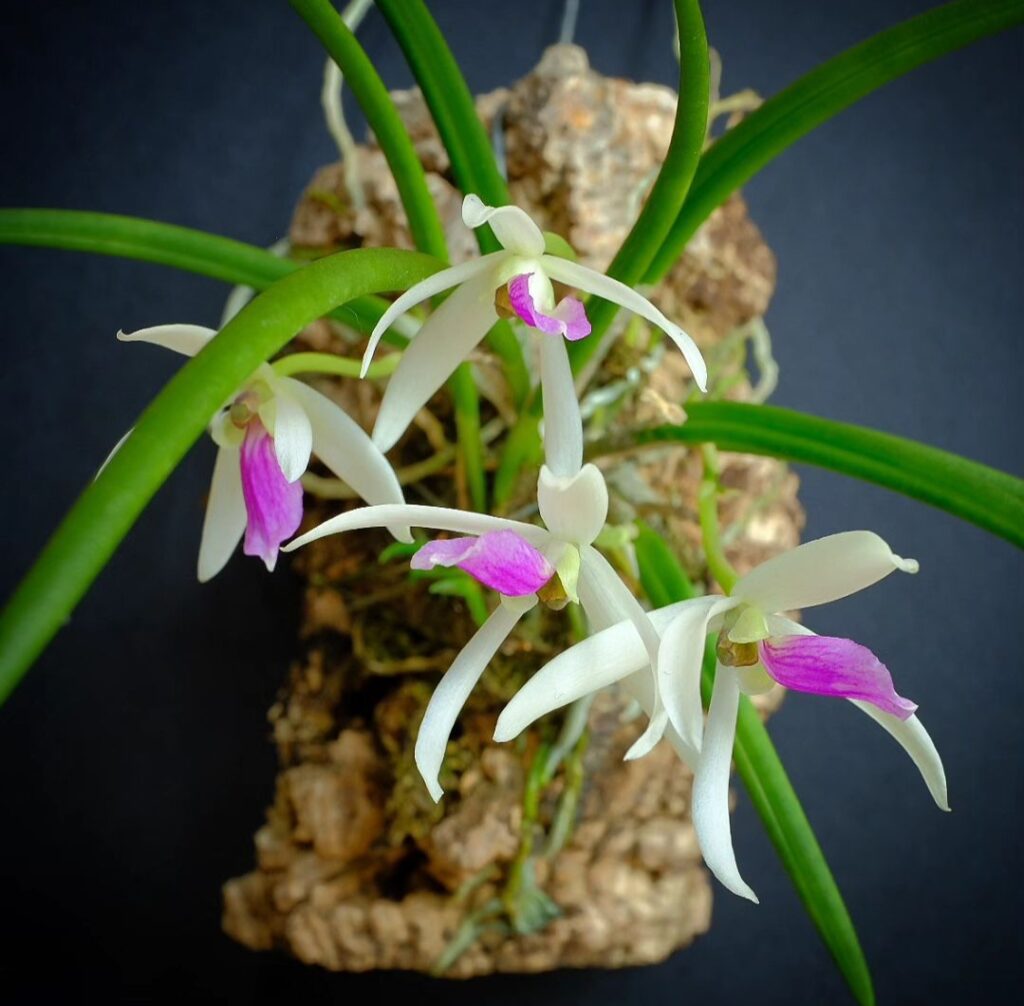
Here are 10 orchid varieties that can be mounted on bark:
Phalaenopsis (moth orchids): They have large, colourful flowers and are easy to care for.
Dendrobium: Known for their long-lasting flowers, they thrive well on bark.
Cattleya: Famous for their large and fragrant blooms.
Vanda: Known for their striking, vibrant flowers.
Oncidium (Dancing Lady Orchids): recognisable by their spray of flowers that resemble dancing ladies.
Brassavola: Noted for their night-fragrant flowers.
Epidendrum: hardy and diverse, with many species suitable for mounting.
Bulbophyllum: Known for their unique flower structures and often fragrant blooms.
Aerangis: small, star-shaped flowers that are usually fragrant.
Coelogyne: Beautiful, often fragrant flowers that do well mounted.
These orchids naturally grow on trees in their native habitats, making them well-suited for mounting on bark in cultivation.
1 Choosing the Right Mounting Material
Mistake:
Many new gardeners select mounting materials that are either too smooth or prone to rotting, such as untreated wood or soft bark. These materials may not provide the necessary support and can degrade quickly.
Solution:
Opt for durable, rough-surfaced materials like cork bark, driftwood, or hardwood. These options offer better support and longevity, providing a stable environment for the orchid’s roots to cling to and thrive in.
2 Improper Mounting Techniques
Mistake:
Root attachment and growth can be hampered by improper mounting practices, such as employing an excessive or insufficient amount of mounting medium. Moreover, it’s a typical mistake to use things like wire that might harm the roots.
Solution:
Use natural materials like sphagnum moss or coconut fibre to secure the orchid roots gently. Ensure the roots are in contact with the mount and secure the plant with biodegradable twine or fishing line, which can be removed once the roots have attached. Avoid using materials that could cut or damage the roots.
3 Neglecting Proper Hydration
Mistake:
Mounted orchids dry out faster than potted ones, and new gardeners often underestimate their watering needs. This can lead to dehydration and stress for the plant.
Solution:
Mounted orchids require more frequent watering, especially during dry periods. Mist the orchid daily or soak the mount in water for a few minutes a couple of times a week, depending on your environment. Ensure the orchid has proper airflow to prevent rot while maintaining adequate moisture.
4 ignoring Light and Temperature Requirements
Mistake:
New gardeners sometimes place mounted orchids in locations with insufficient light or inappropriate temperatures, hindering growth and flowering.
Solution:
Research the specific light and temperature requirements of your orchid species. Most mounted orchids thrive in bright, indirect light and temperatures between 60-80°F (15-27°C). Adjust their location accordingly to provide the ideal growing conditions.
5 Failing to Monitor and Adjust
Mistake:
Once mounted, some gardeners neglect to monitor their orchids regularly, missing signs of stress or disease.
Solution:
Make sure your mounted orchids are free from pests, illness, or stress by regularly checking them. 🯹Observe how firm and what colour the roots and leaves are. To maintain the orchid’s health, make necessary adjustments to mounting, lighting, and watering.
8 Overlooking fertilisation
Mistake:
Mounted orchids receive fewer nutrients from their surroundings compared to potted orchids, and beginners often overlook the need for fertilisation.
Solution:
During the growing season, give your mounted orchids a balanced fertiliser every two weeks that has been diluted to half strength. This will supply the required nutrients for wholesome growth and blossoming.
Mounting orchids can be a rewarding way to display these beautiful plants, creating a natural and striking effect. By avoiding these common mistakes and following the solutions provided, new gardeners can ensure their mounted orchids thrive and bring joy for years to come. Happy gardening.
7 Using inappropriate mount sizes
Mistake:
Selecting a mounting surface that is too small or too large for the orchid can hinder its growth and stability. A mount that’s too small may not support the orchid adequately, while one that’s too large can lead to excessive moisture retention and root rot.
Solution:
Choose a mount that fits the size of your orchid. The mount should be large enough to accommodate the roots but not so large that it retains excessive moisture. As the orchid grows, you can transfer it to a larger mount or adjust the mounting technique as needed.
8 Inadequate air circulation
Mistake:
Mounting orchids in areas with poor air circulation can lead to fungal issues, mould, and stagnant conditions that harm the plant.
Solution:
Make sure the area where your mounted orchid is situated has adequate ventilation. Don’t put it in stuffy or enclosed spaces. Should the plant be indoors, think about utilising a tiny fan to enhance air circulation around it, particularly if you observe any indications of decay or mildew.
9 Incorrect Mount Placement
Mistake:
Placing mounted orchids in unsuitable locations, such as direct sunlight or overly humid areas, can stress the plant and hinder its growth.
Solution:
A bright, indirect light source is ideal for mounting orchids; direct sunlight might scorch the plant. Make that the humidity level in the region is appropriate for the species of orchids you are cultivating, and make any necessary adjustments to ensure ideal growing circumstances
10 Ignoring orchid species needs
Mistake:
Not all orchids have the same care requirements, and new gardeners often neglect to research the specific needs of their orchid species before mounting.
Solution:
Before mounting, research the specific care requirements for your orchid species. Some orchids, like epiphytic varieties, are well-suited to mounting, while others may not be. Understanding the needs of your particular orchid will help you select the best mounting method and conditions for its health and growth.
Mounting orchids is a beautiful way to showcase these elegant plants, but it comes with its own set of challenges. By understanding and avoiding common mistakes such as choosing inappropriate mounting materials, improper techniques, and inadequate care, new gardeners can enhance their orchid’s health and beauty.
Regular monitoring, proper placement, and understanding species-specific needs are key to creating a thriving environment for mounted orchids. With these tips, you can enjoy the unique appeal of mounted orchids and ensure they flourish in your care.
FAQ
How often should I water my mounted orchids?
Because mounted orchids dry out more quickly than potted orchids, they usually need to be watered more frequently. Mist the orchid every day or soak the mount in water for a few minutes a couple of times a week, depending on your surroundings. Adapt the watering schedule to the temperature and humidity levels.
What types of mounting materials are best for orchids?
The best mounting materials for orchids are those that provide good support and drainage. Cork bark, driftwood, and hardwood are popular choices. These materials offer a rough surface that helps orchid roots attach securely and allows for proper airflow
Can I mount any type of orchid?
Not all orchids are suited for mounting. Epiphytic orchids, such as Phalaenopsis and Cattleya, are ideal candidates for mounting because they naturally grow on trees and other surfaces in their native habitats. Terrestrial orchids, which grow in soil, are better suited to potting rather than mounting.
How do I know if my mounted orchid needs more light or humidity?
If your mounted orchid shows signs of stress, such as yellowing leaves, stunted growth, or lack of flowering, it may need adjustments in light or humidity. Ensure the orchid receives bright, indirect light and check the humidity level. Most orchids prefer a humidity level between 50 and 70%. You can use a hygrometer to monitor humidity and adjust watering or placement as needed.
